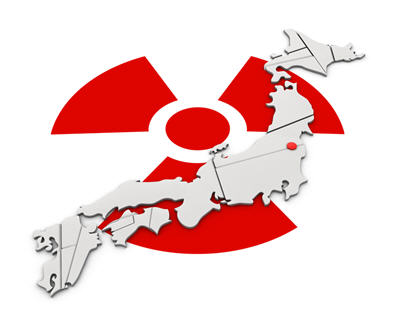Japan’s restart, supply shortages could see uranium price return to $70

Japan’s PM Yoshihiko Noda ended the country’s moratorium on nuclear power last week and work to put reactors back online kicked off over the weekend reports Businessweek.
Two reactors at Kansai Electric Power will be restarted first because it serves an important industrial region which could have faced power cuts this summer.
Japan has 54 reactors which supply a third of the country’s power. All had been put on care and maintenance following the March 2010 earthquake and tsunami that damaged the Fukushima plant.
Last year nuclear power consumption declined 4.3%, the largest drop-off on record, said BP in its annual study of global energy use.
Japan cut back nuclear power by 44.3%, and Germany reduced nuclear consumption by 23.2%.
Spot uranium prices remain between $50–$55 per pound level, well below the $66.50 prior to Japan’s catastrophe, but Canada’s Scotiabank predicts prices will start recovering in 2013.
Apart from developments in Japan and the expiry of the Russia-US highly enriched uranium agreement to decommission nuclear weapons, which will remove 24 million pounds from Western markets, Beijing restarting its construction programme after a review will support oxide prices.
Term contract pricing already appears to be picking up, with the market anticipating prices at the $70 level later this decade.
Demand for uranium concentrates could grow from 173 million pounds to 225 million by 2020 (3.3% per annum), with significant new mine development required at higher capital costs as supply shortage start to appear as early as 2014.
{{ commodity.name }}
{{ post.title }}
{{ post.date }}





Comments